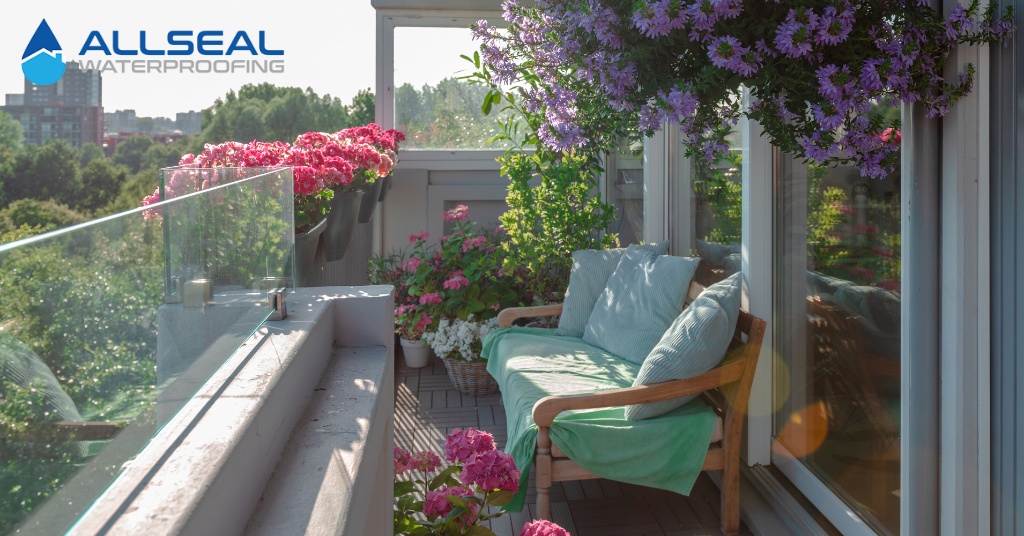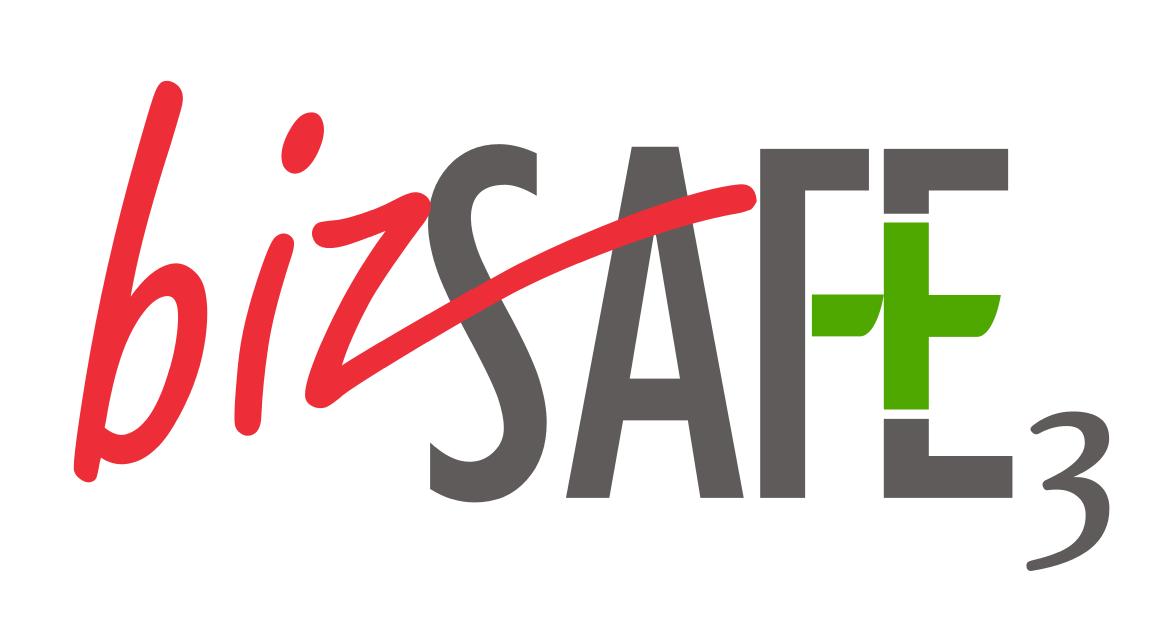Over the years, I’ve met so many homeowners who were excited about their new balconies. They imagined enjoying tea on a rainy afternoon or hosting a small family gathering outdoors. But instead, they ended up with a nightmare! Yes, it’s not a joke. They have faced water dripping from their balcony into the living room, damp walls, or even damaged furniture below.
Balcony leaks are far more common than people think, and the saddest part is this: most of the time, they happen because of small mistakes during construction. In my experience, fixing these leaks later often costs several times more than preventing them in the first place. That’s why I want to walk you through the top 3 construction mistakes that cause a leaking balcony and how you can avoid them.
Why Balcony Leaks Are a Serious Problem
At first, a leaking balcony might look like just a small inconvenience. You may think that maybe a few drops of water or a damp patch on the ceiling. But if you ignore it, things get worse very quickly. I’ve seen balcony leaks lead to:
- Mold growth, which not only damages the air quality in your home but can also cause breathing problems.
- Cracks in walls and ceilings that spread over time and weaken the structure.
- Rusting of steel reinforcements inside the concrete, which puts your home’s safety at risk.
- A sharp drop in property value! No buyer wants to invest in a home with visible water damage.
From my experience, prevention during construction is always cheaper, faster, and less stressful than major repairs later. And the first step is knowing what causes these leaks.
3 Construction Mistakes That can Cause A Leaking Balcony
So, let’s dive into the 3 biggest construction mistakes that can lead to a leaking balcony:
1. Poor Waterproofing Application
Waterproofing is like the invisible shield of your balcony. It protects the concrete, tiles, and underlying structure from constant exposure to rain and humidity. But here’s the problem: I’ve seen many builders either skip proper waterproofing or rush through it.
Common mistakes I’ve noticed include:
- Using low-quality waterproofing membranes that wear out within a year or two.
- Not applying enough layers, which leaves gaps for water to sneak in.
- Ignoring drying or curing times. They rush the job to finish faster, but the waterproofing fails soon after.
The result? Damp ceilings, peeling paint, and sometimes water dripping straight into the room below.
My advice: If you’re building or renovating, never compromise on waterproofing. Always ask what system the contractor is using, check the brand, and make sure it’s applied correctly. Spending a little extra here will save you thousands in the future.
| You need to know: A Victorian analysis revealed 73% of balcony defects were caused by water ingress, largely due to poor waterproofing or drainage workmanship. And surprisingly, half of these affected buildings were under 10 years old . |
2. Incorrect Slope and Drainage Design
One of the most common reasons balconies leak is surprisingly simple: water has nowhere to go. A balcony should always have a slight slope, usually around 1–2%, to guide water toward the drain. But I’ve walked onto balconies where the floor was almost flat, or worse! This slopes the wrong way or sends water toward the walls!
Typical mistakes I’ve seen:
- Sometimes builders leave the floor flat. So water just pools in the middle.
- Installing drains in the wrong place or using drains that are too small to tackle heavy rain.
- Homeowners not cleaning balcony drains regularly, which leads to blockages.
When water sits on your balcony for too long, it slowly seeps into the tiles, grout, or cracks. And these can cause long-term leaks.
What works best: Always check the slope during construction. Pour a bucket of water and see where it flows. Make sure drains are positioned correctly, large enough, and easy to clean. And as a homeowner, make it a habit to remove leaves, dirt, or debris from the drain every few weeks.
3. Using Incompatible Materials and Poor Finishing
Even when waterproofing and slope are done right, I’ve seen balconies fail simply because of the wrong choice of materials. For example, some tiles look great but are not water-resistant. Others expand and contract with temperature changes, which cracks the grout over time.
The most common issues I’ve handled include:
- Non-waterproof grout that allows water to slip between tiles.
- Incompatible layers; for instance, using cement-based adhesives with sealants that don’t bond well.
- Poor finishing work, like gaps at tile edges or cracks that were left unsealed.
The damage is slow but steady: tiles start lifting, water gets trapped underneath, and eventually, the steel reinforcement rusts.
The solution: Always choose weatherproof tiles and flexible grout designed for outdoor use. Make sure the contractor seals the joints properly and finishes the edges carefully. Trust me, the finishing details are what make the difference between a strong, leak-free balcony and one that becomes a headache.
Learn professional techniques to prevent leaks with 9 Tips to Waterproof a Balcony Like a Pro Before Tiling.
How to Detect Early Signs of Balcony Leaks
From my experience, most homeowners notice leaks when it’s already too late. But if you know what to look for, you can catch them early. Let’s see what they are:
- Damp patches or stains on the ceiling below the balcony.
- A musty odor near the balcony walls.
- White and powdery deposits (efflorescence) on tiles or walls.
- Tiny cracks in the tiles or grout that slowly get bigger.
Spotting these signs early gives you a chance to fix small issues before they become expensive repairs.
How to Fix a Leaking Balcony (If It’s Already Leaking)

Let me be honest; once a balcony starts leaking, a quick DIY fix usually isn’t enough. But here’s what you can do:
- Short-term fixes: Re-grouting, applying a sealant, or patching visible cracks can reduce leaks temporarily.
- Long-term fixes: Proper re-waterproofing, correcting the slope, or replacing incompatible tiles is often the only way to ensure a permanent solution.
- Professional help: In my experience, balcony leaks are rarely a simple DIY job. A trained professional from a trusted agency like the Allseal Waterproofing can identify the root cause and fix it properly.
Tips to Prevent Balcony Leaks from the Start
If you’re building or renovating, here are the golden rules I always share with clients:
- Work only with certified and experienced contractors.
- Never cut costs on waterproofing materials. They’re the foundation of balcony durability.
- Test the slope and drainage during construction.
- Choose weather-resistant, high-quality tiles, adhesives, and grout.
- Inspect your balcony regularly and maintain it before small problems grow.
Cost of Ignoring Balcony Leaks
One thing I always remind clients: balcony leaks don’t fix themselves. The longer you wait, the worse (and more expensive) it gets. Ignoring leaks can lead to:
- Expensive structural repairs.
- Mold-related health issues.
- Reduced property resale value.
- Safety risks if the concrete reinforcement weakens.
In other words, prevention is not just cheaper; it’s also safer.
Keep your balcony safe and dry by checking out 7 Easy Balcony Waterproofing Ideas: Stop Leaks & Protect Your Space.
Final Verdict
To wrap it up, the top 3 construction mistakes that cause a leaking balcony are:
- Poor waterproofing application.
- Incorrect slope and drainage design.
- Using incompatible materials with poor finishing.
I’ve seen these mistakes play out many times, and I can tell you from experience: the frustration, the costs, and the stress are all avoidable. If you’re building or renovating, make sure these steps are done right the first time. And if your balcony is already leaking, don’t wait! The sooner you address it, the easier it is to fix.
Balconies are meant to bring joy, not headaches. With the right care during construction, yours can stay strong, safe, and beautiful for years to come.If you’re still confused about what to do with your balcony waterproofing, contact Allseal Waterproofing! Let us handle the job tactfully and professionally, keeping you free of anxiety.

